Are there plants that you can grow in your garden that will also feed the birds? Jean Vernon explores.
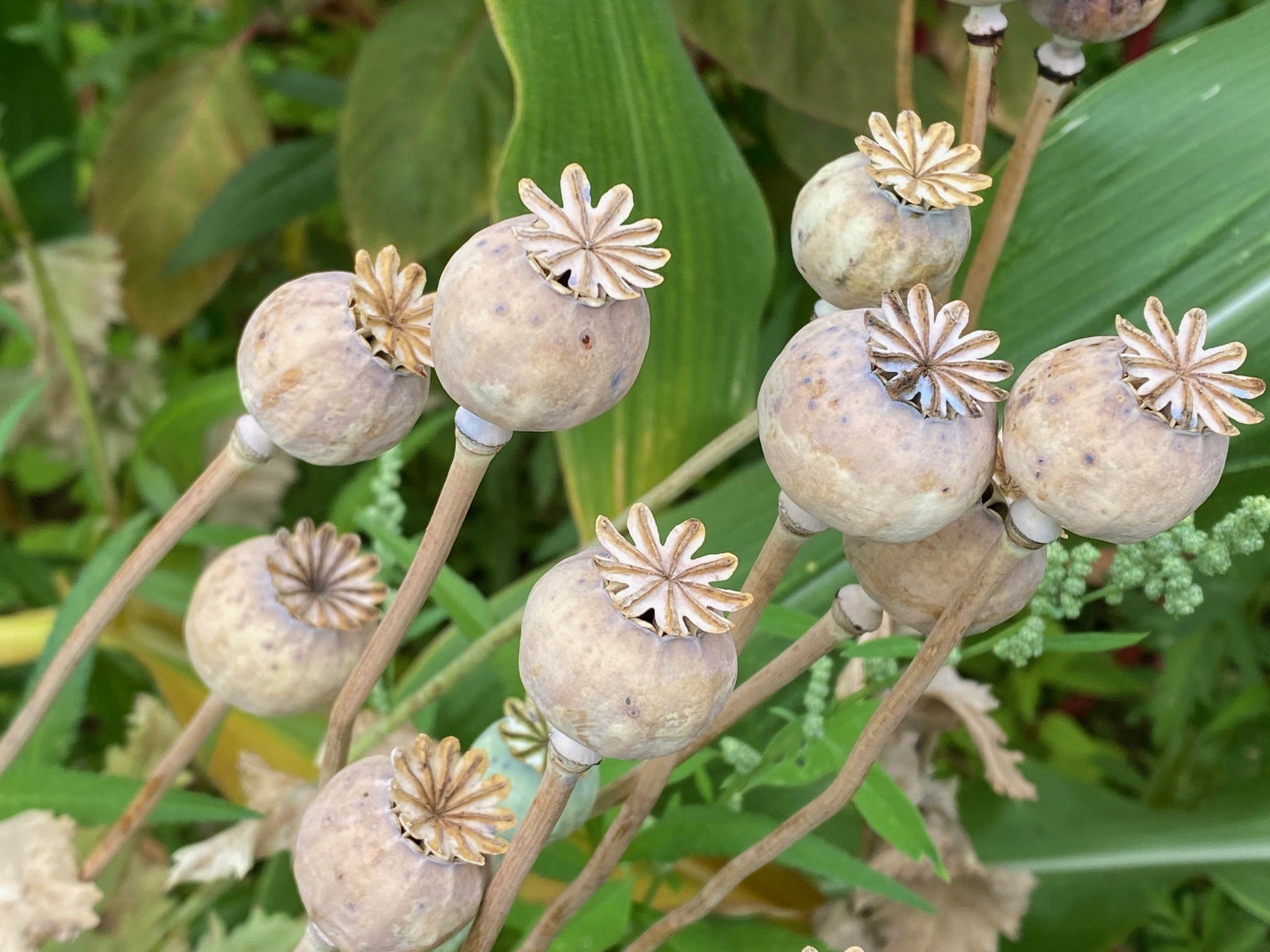
Right now, the plants in your garden are approaching the end of their yearly cycle. For annual plants that means they have set and made seeds. Even the perennial plants will have seed heads and pods heavy with seed, not to mention the trees, shrubs and vines starting to slip and slide towards autumn. And that means there are many seeds in your gardens which can and will help support your garden wildlife.
Making seed is the pinnacle of a plant’s growth. For many plants, especially annuals, as soon as the seeds start to set and mature signals are sent back to the plant to put all the energy into supporting those seeds. The seeds are the guarantee that that plant will reproduce and that the next generations of the plant can sow and grow.
Many of our garden plants are self-seeders, dropping their ripe seeds into the soil or gravel below the plants to germinate in tune with nature and re-colonise our gardens.
Not all of those seeds will grow. Many garden based creatures like birds and voles, beetles and more will feed on those nutrient rich parcels to sustain them through the winter.
Many of our garden birds are seed eaters, we feed bird seed to the birds to supplement their natural diet and keep them healthy. But are there plants we can grow in our gardens to enhance this? Yes, there are.
Benefits of growing fresh bird seed
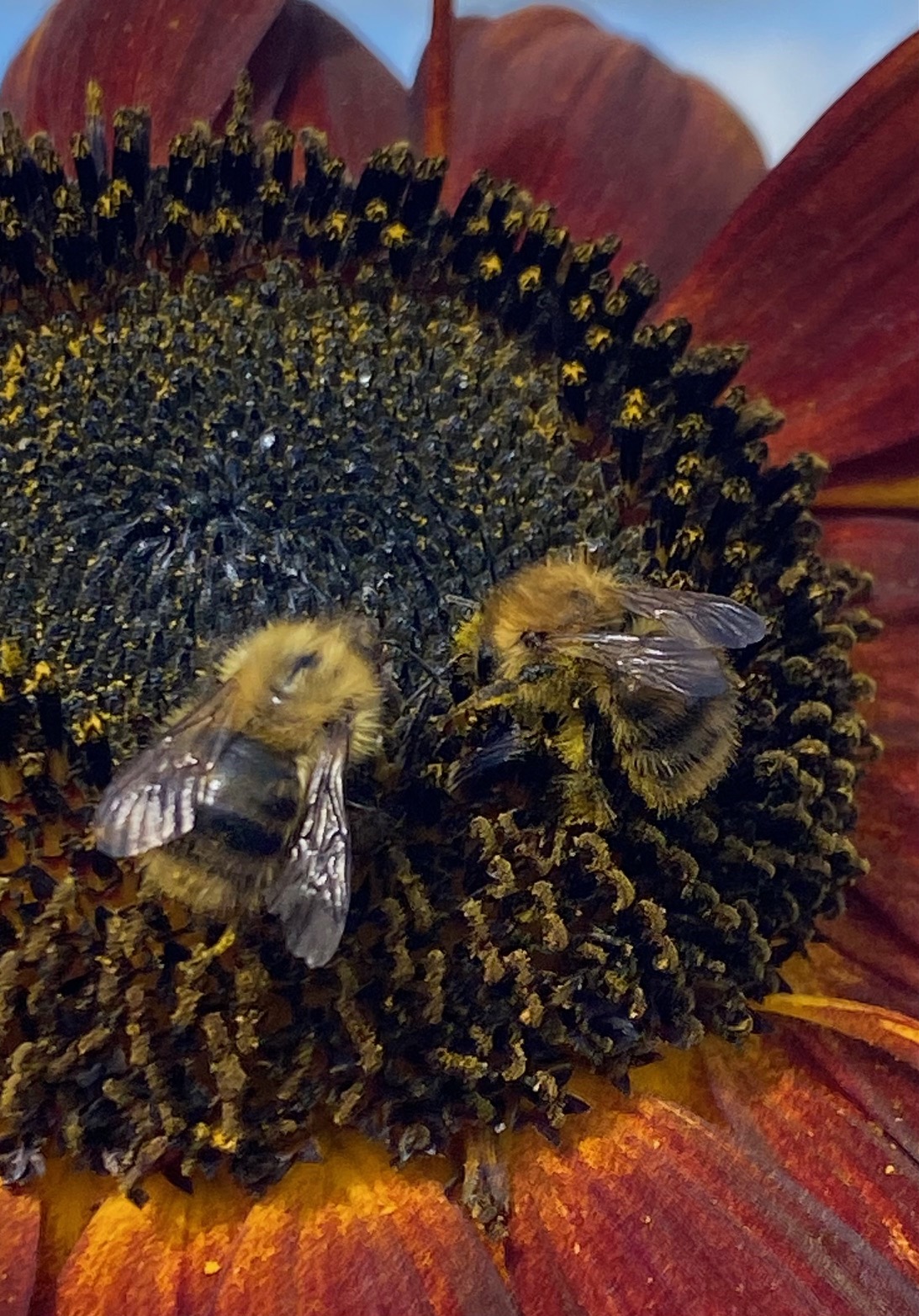
There are so many benefits to growing plants for fresh bird seed, but before you reach for the seed catalogue take a look at what is growing in your garden now, as many plants are providing seed for the birds. Even some of our garden ‘weeds’ are actually seed sources for the garden birds. Dandelions are a great example. Gold finches feed on the dandelion seeds all year round, so leaving some to flower and set seed actually supports some of our wild birds. Other rich seed-bearing ‘weeds’ include plantain, nettle, cleavers and fat hen.
Fresh plant seed is rich in oils and the seeds themselves rich in nutrients which are packed within the seed to provide the emerging seedling with the food and energy it needs to grow. When birds feed on those seeds they benefit from the nutrients and energy rich contents. The seed is fresh and free from pesticides and preservatives. In terms of food miles it couldn’t be any closer. Leaving the seed heads on our plants has great value in terms of bird food and supporting biodiversity. But it’s not just the seeds. Many hollow stems are already nurseries for the larva of solitary bees. The seed heads themselves, create overwintering sites for many insects and you get the beauty of the spider webs in autumn, strung from seed head to seed head in the depths of the garden border, glistening in the morning sun.
Seed rich plants to grow for the birds
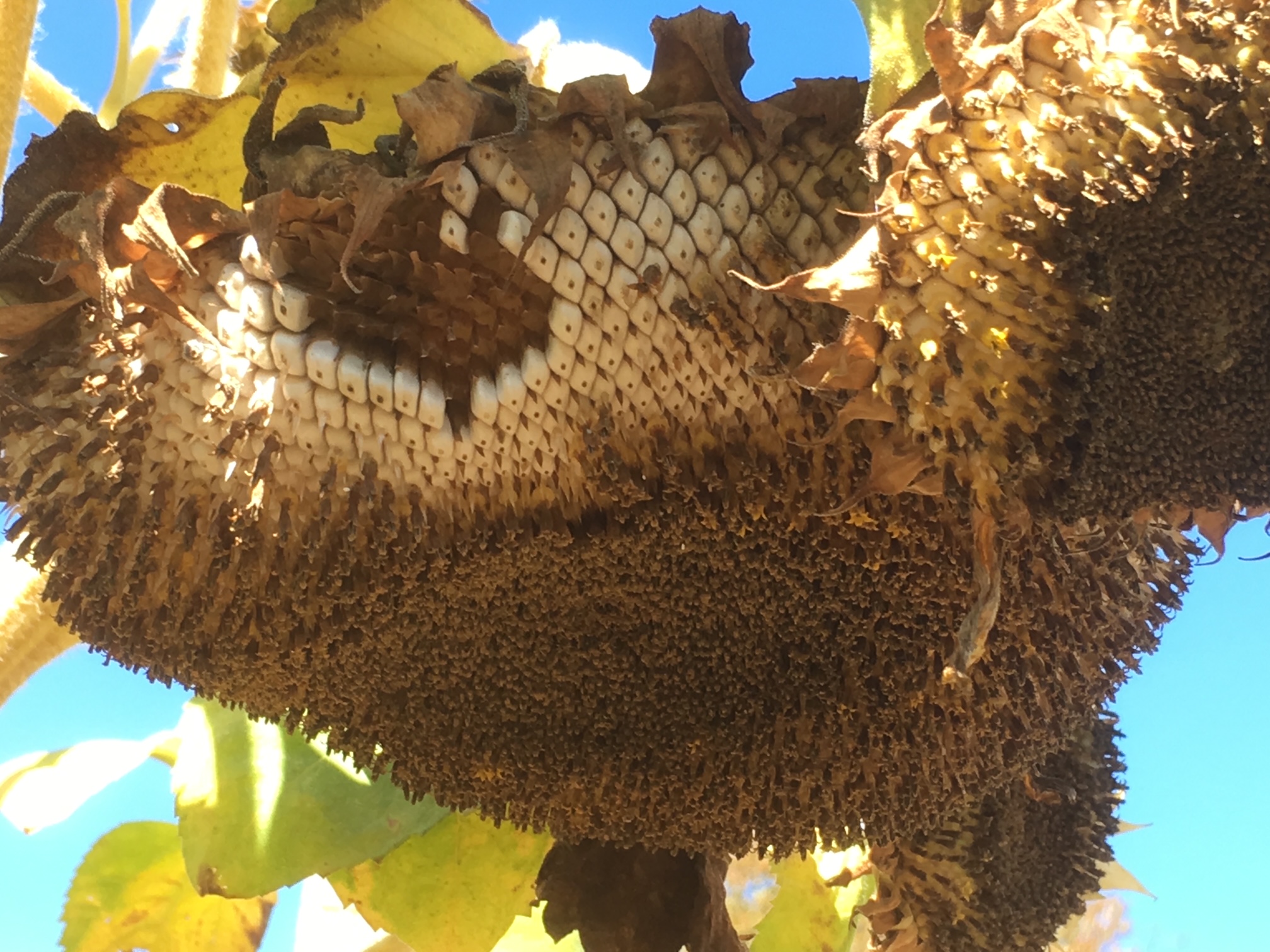
You’ve probably already got see rich plants growing in your borders. Just take a look at which seed heads the birds are visiting. Plants in the thistle family including cirsium and artichokes, cornflowers and echinops all bear nectar and pollen rich flowers followed by copious seeds. But there are some plants that are really powerful in terms of natural seed for garden birds. Sunflowers (Helianthus) – If you think about commercial seed mixes that we buy to feed the birds, high on the list are the oil rich sunflower seeds and sunflowers are easy to grow and particularly productive in terms of seed. You can harvest the seed heads, dry them and put them out in mid-winter as a food supplement for seed eating birds, or simply leave them atop the tall stems as impromptu bird feeders.
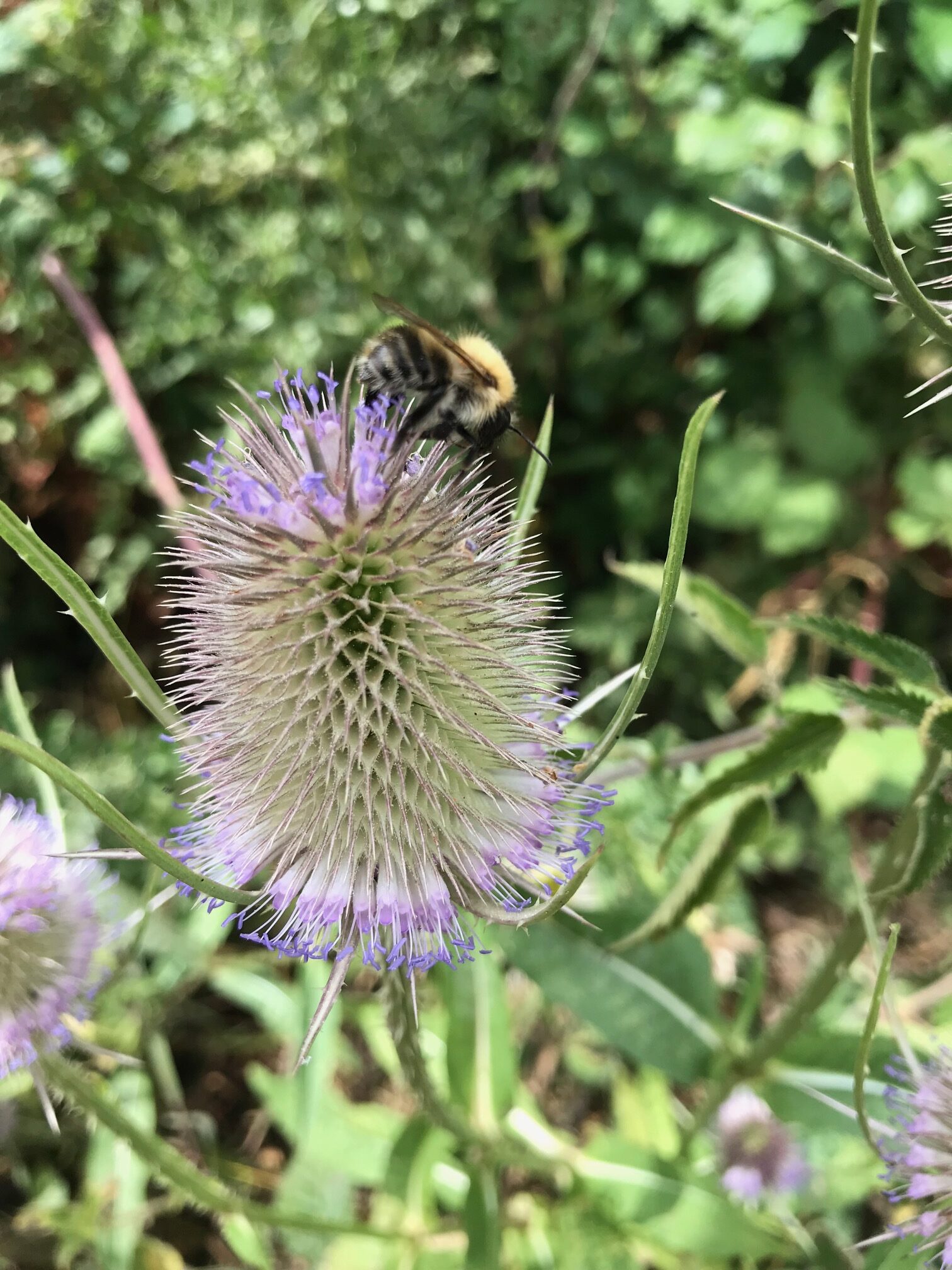
Teasels (Dipsacus fullonum) are particularly popular with gold finches. They cling to the stems pecking the seeds from the teasel heads. The drying seed heads are striking in the autumn sun and protective for overwinter bugs and beasties. The structure of the plant creates little pockets on the stems that fill with water for wildlife, or you can fill them with extra bird seed. The nectar rich flowers are also a magnet for foraging bumblebees.
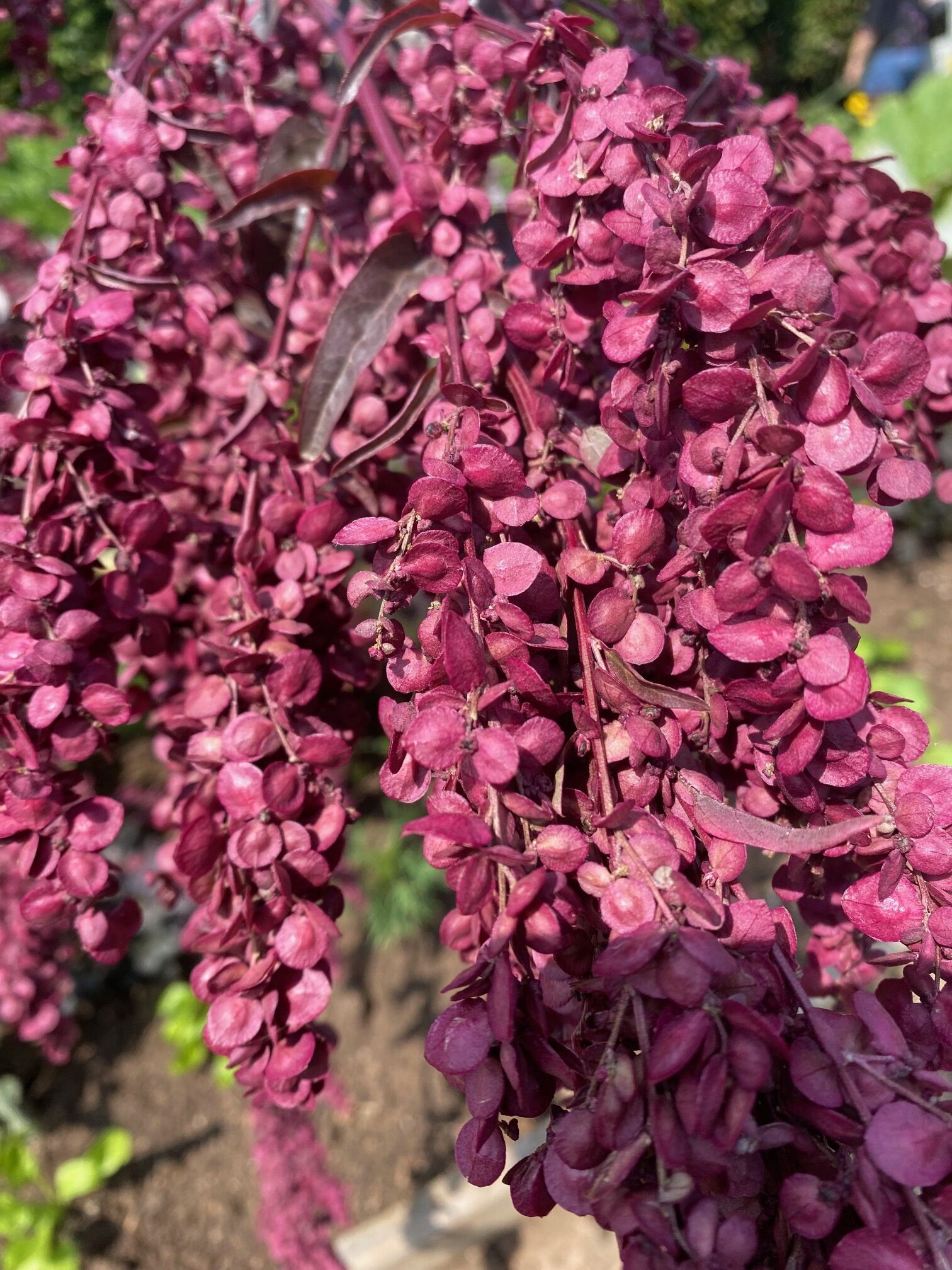
Red Orache (Atriplex hortensis var. rubra) – these stunning purple red plants are annuals that can be grown in the veg plot. They self-seed and look fabulous in early summer alongside the beautiful and bright flower heads of pot marigolds (calendula), both making seed easily and feeding the garden wildlife. Add the red orache leaves to salads and sprinkle the orange petals of calendula to add vibrancy and colour. But leave the seed heads for the birds.
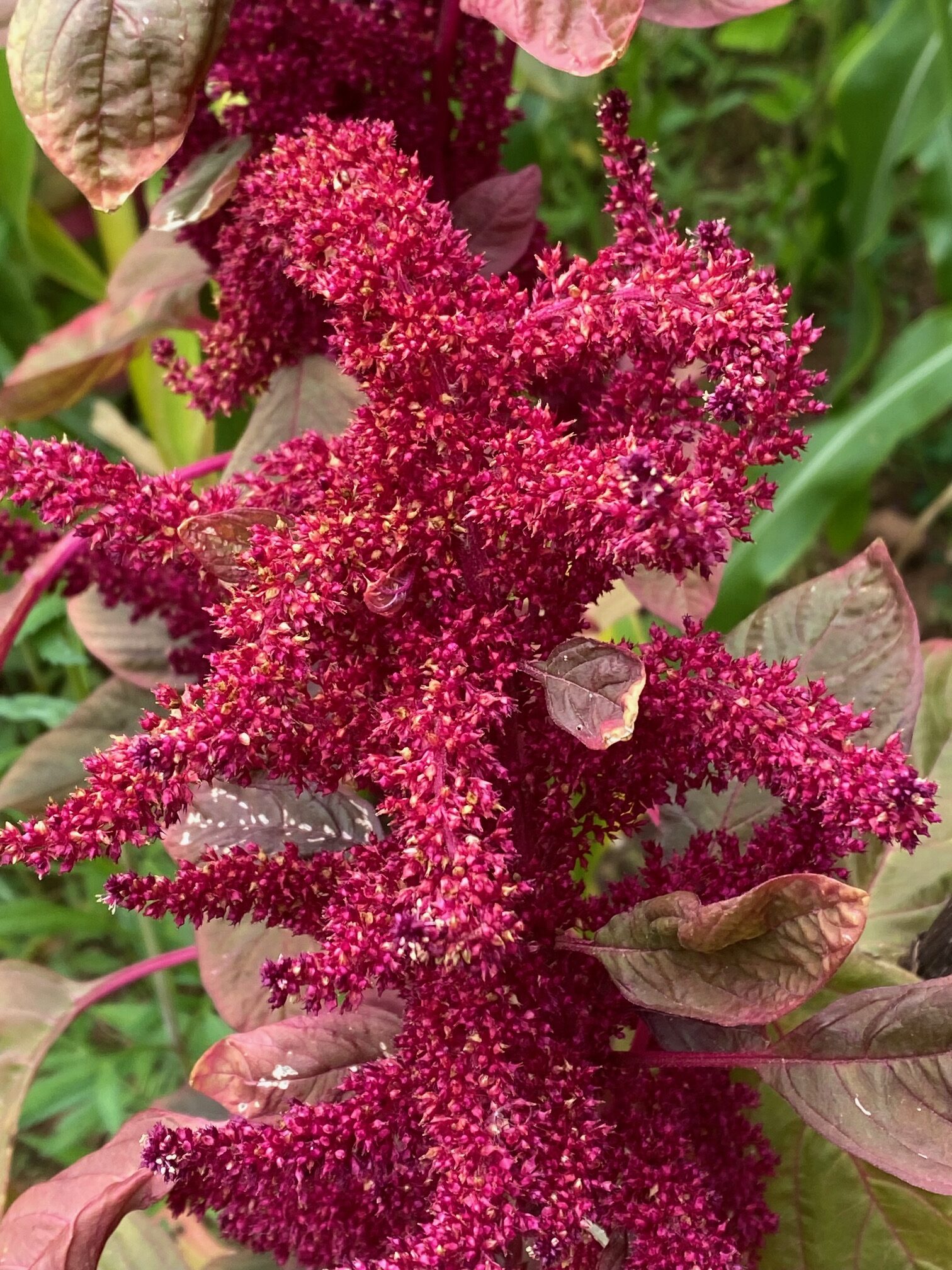
Amaranth (Amaranthus spp) – if you’ve ever grown ‘love lies bleeding’ you’ve already grown amaranth. This is an ancient grain, with high levels of protein and much more than an ornamental for the flower bed. You can eat the leaves in salad or add them to your menus in place of spinach. There are lots of grain rich forms in attractive colours and forms so you can choose something that feeds the birds and looks great too.
Poppies (Papaver spp) – poppy seeds are sometimes used to decorate and add flavour to bread, but they are also food for the birds. It’s often used in a seed-mix for caged birds, as well as wild birds. In the garden, small birds will settle on the poppy heads and peck through the pods to feed on the seeds within. Leave the seed heads in the border or pick them, dry them and add them to a feeder.

Millet (Setaria italica) – if you’ve ever had a budgie, you’ve probably bought sprays of millet to pin to the cage for your little pet to peck out the seed. But did you know it’s easy to grow and a great addition to the garden? There’s a lovely purple form called ‘Purple Majesty’, but there are lots of other interesting forms. Much-loved by sparrows which cling to the plants and peck out the seeds. Add it to your seed order for next year.
What do the birds eat in your garden? Are you growing something that they love? Add a comment, we’d love to know.










